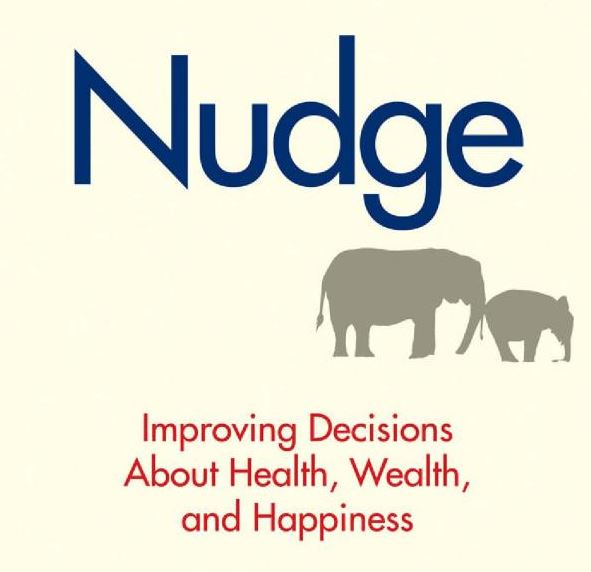Nudge theory and the pro-life movement
In a recent post I explained how a successful set of ‘nudges’ can radically reorientate someone’s thinking and behaviour, and how the pro-life movement can learn from this.
Many are vaguely familiar with ‘nudge’ theory. Originally popularised by Richard Thaler and Cass Sunstein, two academics in the fields of behavioural science, economics and law, so-called ‘choice architecture’ has become a specialist field of policy-making.
Thaler and Sunstein contrast two modes of thinking in their book. One is called reflective, which is deliberate and self-conscious reasoning, e.g. the decision whether or not to have an abortion; it may be drawn out and agonised in its operation. The other mechanism is automatic, which is “rapid and is or feels instinctive…it does not involve what we usually associate with the word thinking”. Given examples include smiling upon seeing a puppy, getting nervous while experience turbulence, or ducking when a ball is thrown (you’ll have to read the book for a full explanation of the ways Thaler and Sunstein envision these two processes at work, and their analyses of the ways they become skewed and fail). In pro-life terms, automatic thinking occurs when we coo over a newborn child, delight in a sonogram or cringe at the sight of an aborted baby. Any successful nudge strategy has to tackle both modes of thinking.
(Nudging us to become better citizens is so attractive that the Coalition Government set up a Behaviour Insights Unit to examine ways we can be persuaded softly, rather than compelled through threat of punishment. Building on actions like redesigning tax forms (easier forms means more people self-assess with greater accuracy than when punishments for non-compliance are increased) and automatic opting-in to company pensions, the ‘nudge unit’ has focused on improving charitable giving and healthcare through what it considers are simple and effective policy mechanisms.)
In a recent article, home affairs editor Mark Easton wondered, can you persuade people not to buy stolen goods? He suggested that demand for stolen goods – and the acquisitive property crime it drove – was in part driven by its social acceptability in certain parts of society. Easton compared tackling this black market to the decline in drink-driving. In 2009, four people each day were killed or seriously injured by drink drivers, compared to 28 a day in 1979. One of the key tools in nudging a cultural change away from social acceptance of drink driving was a hard-hitting advertising campaigning that, without being graphic, implied the horror of a road traffic accident. As Easton notes, “The advertising messages had helped change the norm. The shift in attitudes seemed contagious. Drink driving was not just a crime – it had become socially unacceptable, and it was unacceptability rather than criminality that was the major reason why people did less of it.”
As a ‘nudge’ paper on tackling stolen property began, “Behavioural change can be contagious…There is good evidence that everything from smoking to obesity, happiness, loneliness, co-operation and generosity can be ‘caught’.” I wonder what the implications of this are for the pro-life movement in this country.
Tags: abortion, nudge theory, pro-life


















Wouldn’t be nice for a priest to participate in the birth of a child – this way he can learn about Jesus’s birth in real terms – and also be an example for the endless fathers who “disappear” before their children are born.
If you have access to someone’s Christmas edition of The Tablet, there is a wonderful Advent Meditation by an Australian Priest who was a “Birthing partner” 30 years ago. Unfortunately it is not available on the Tablet website (unless you are a subscriber).
It would x